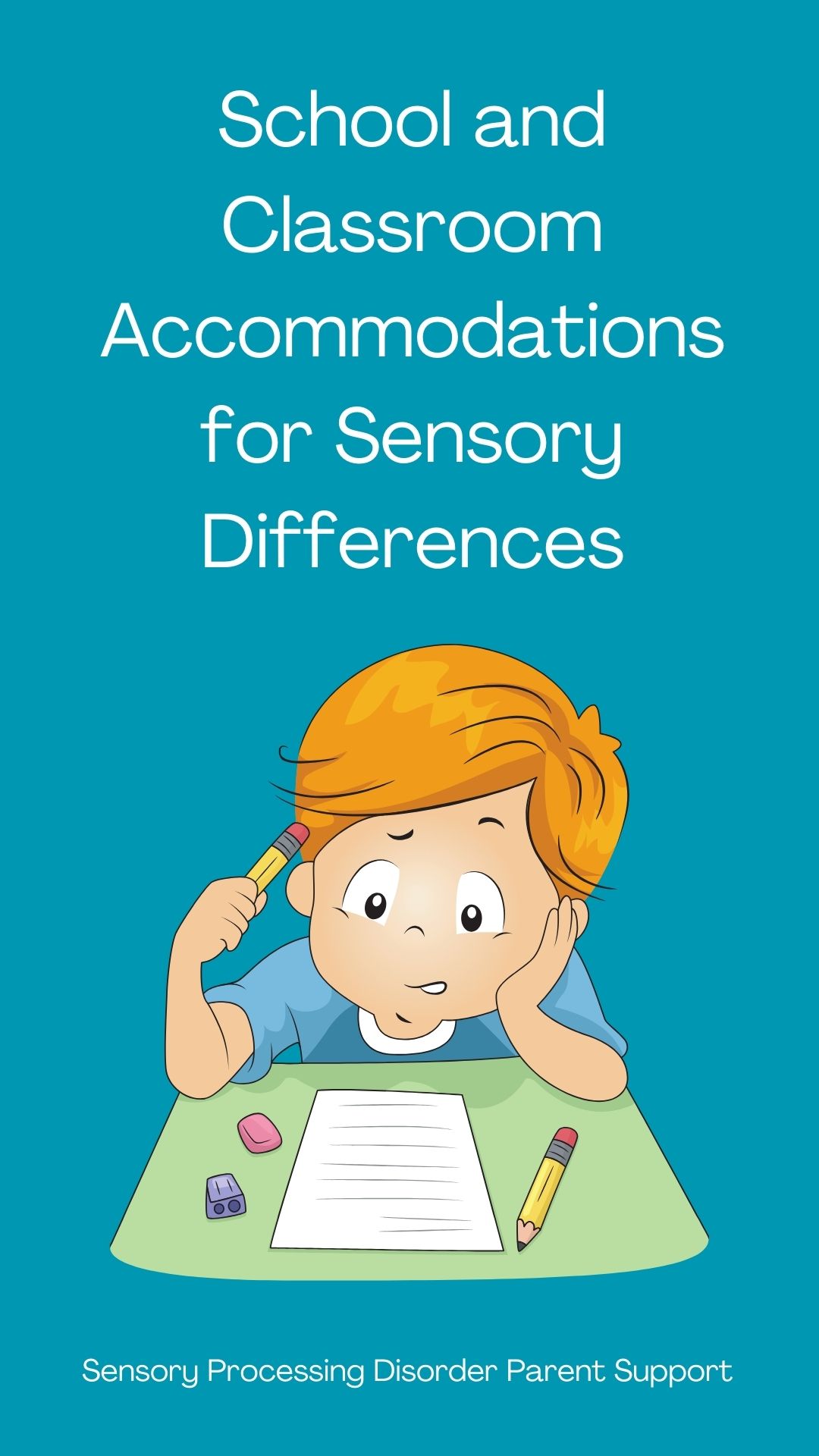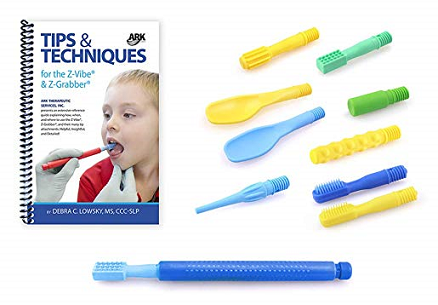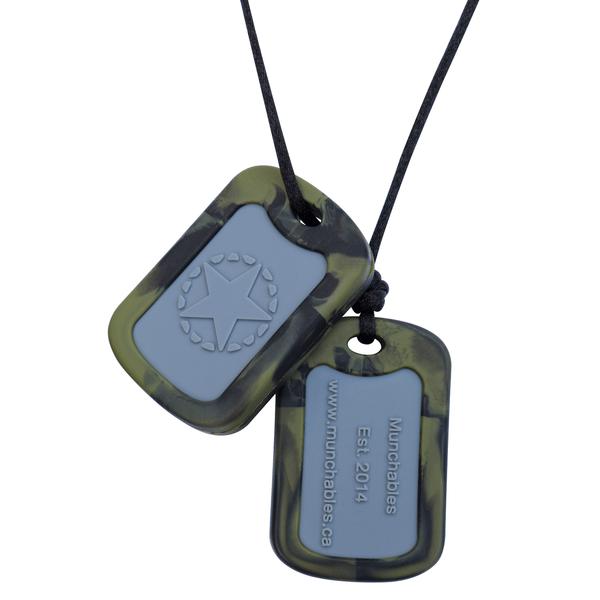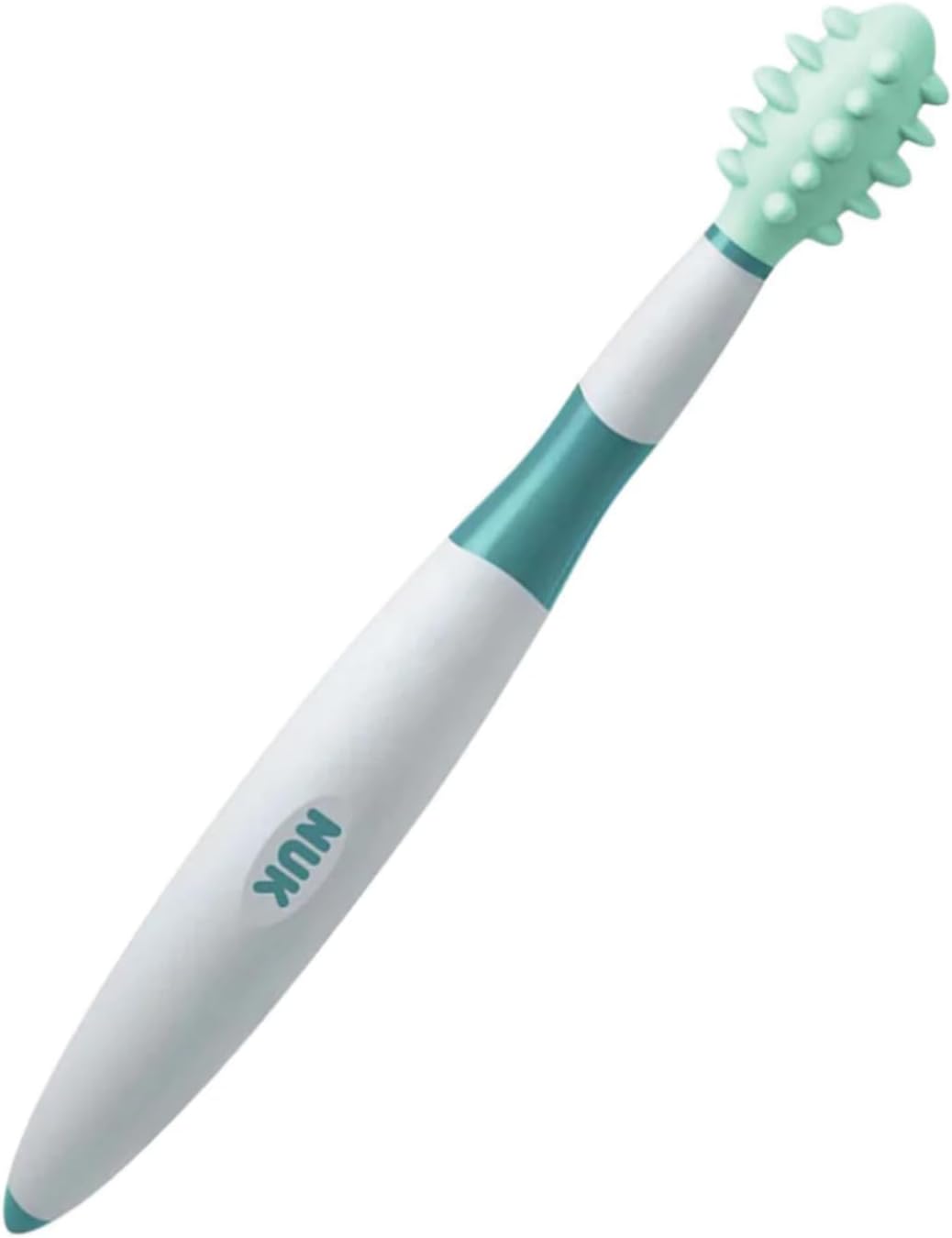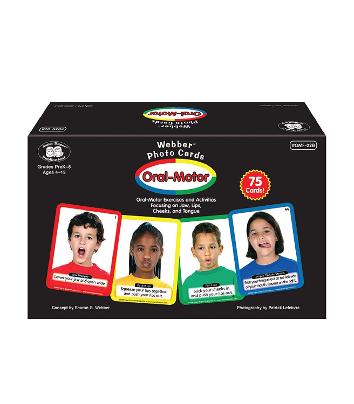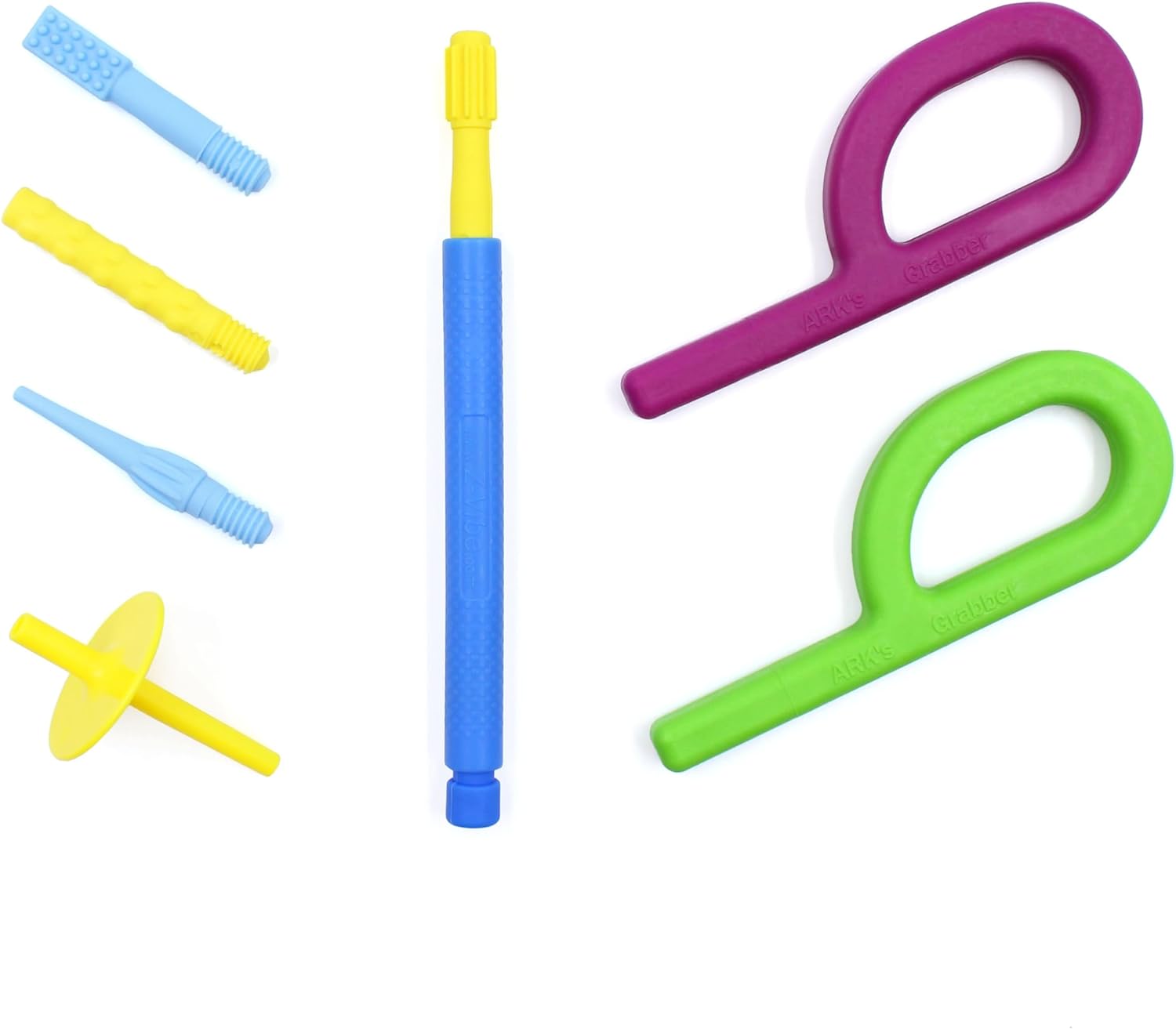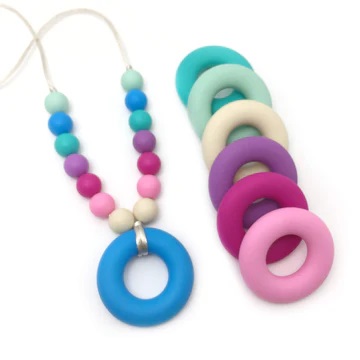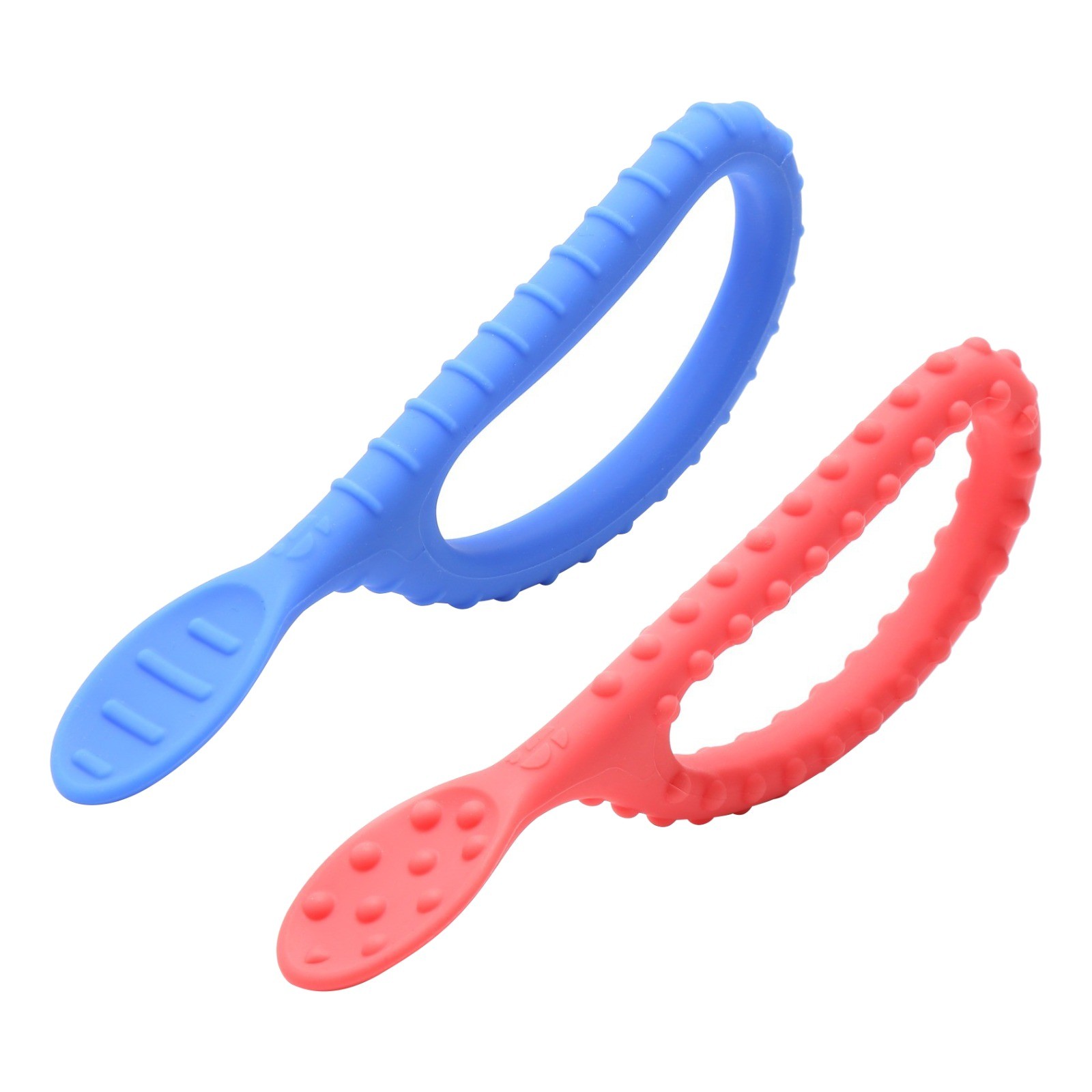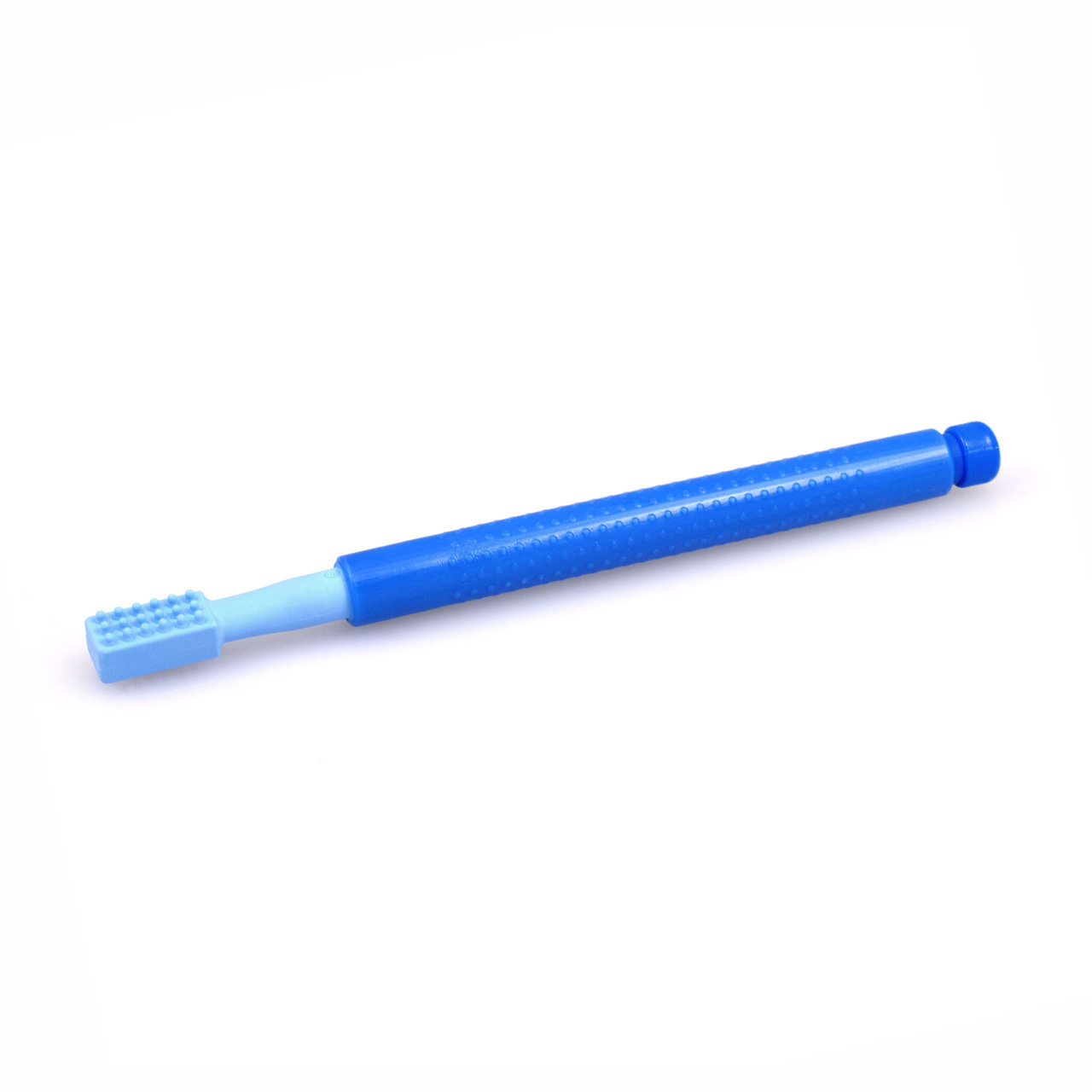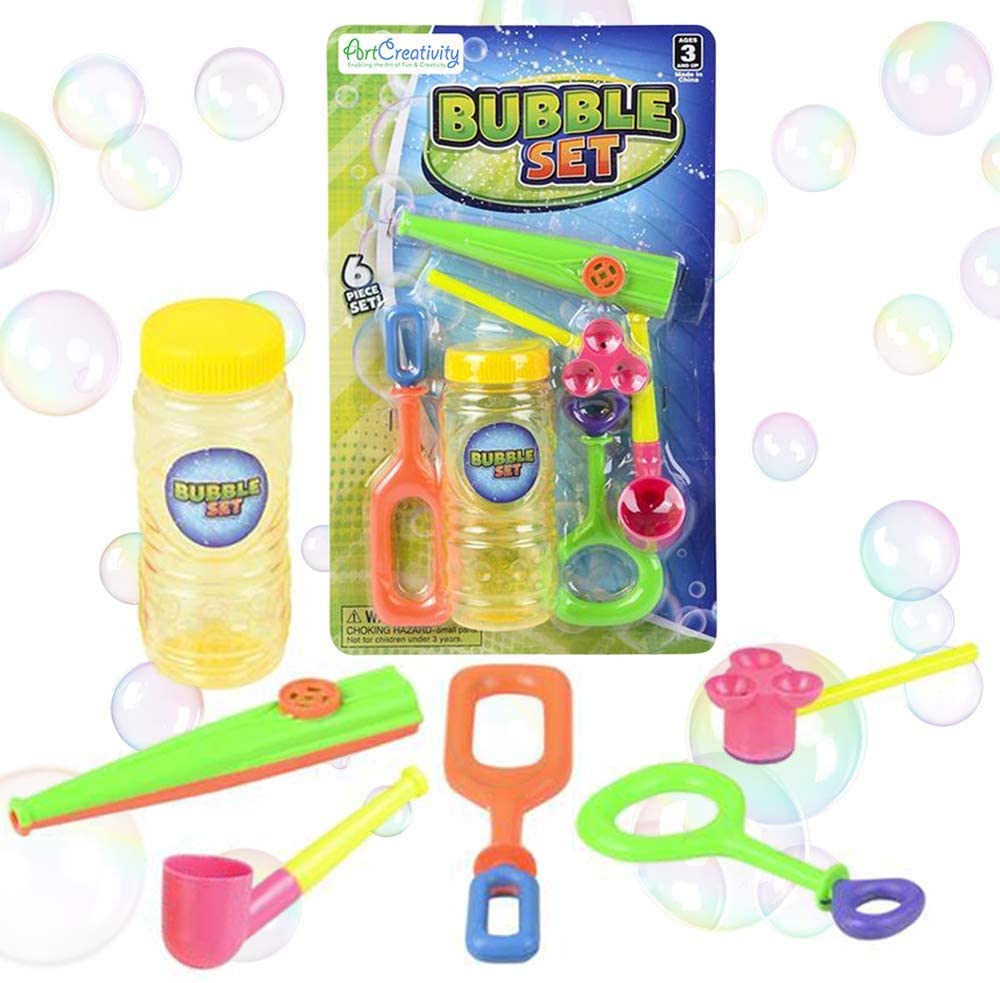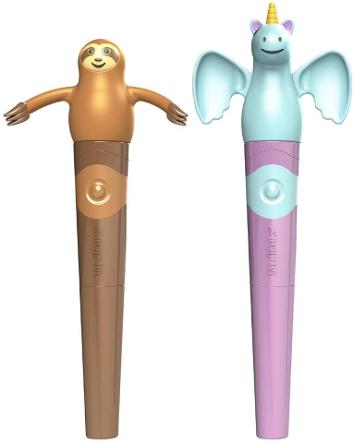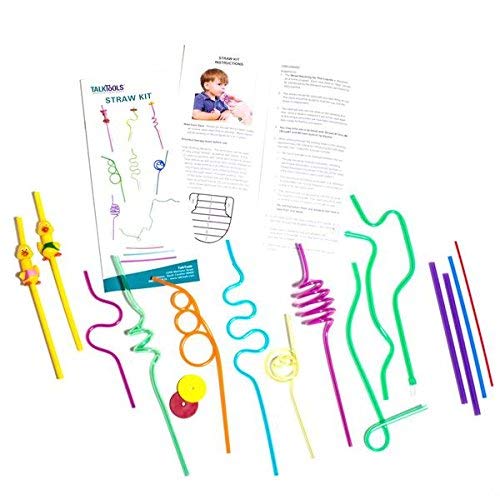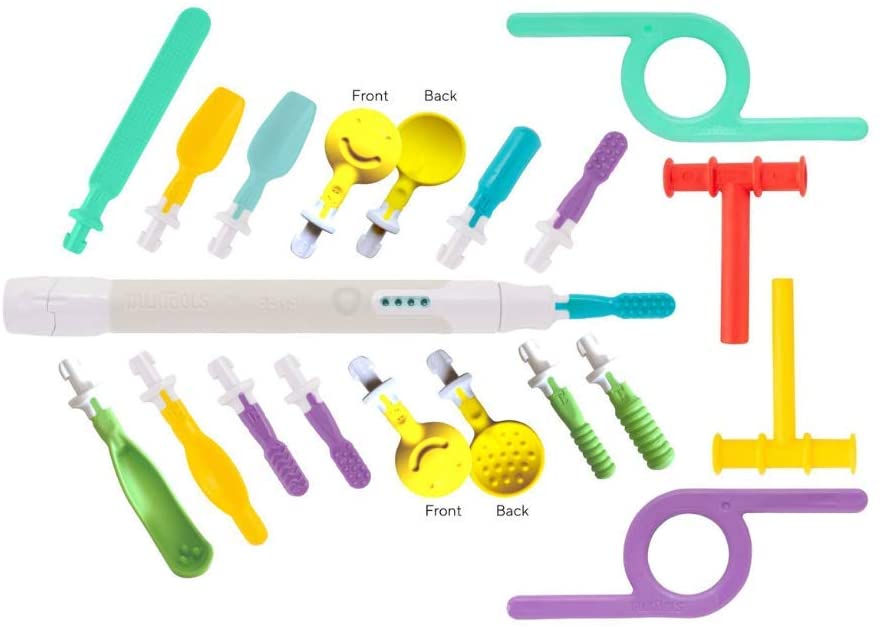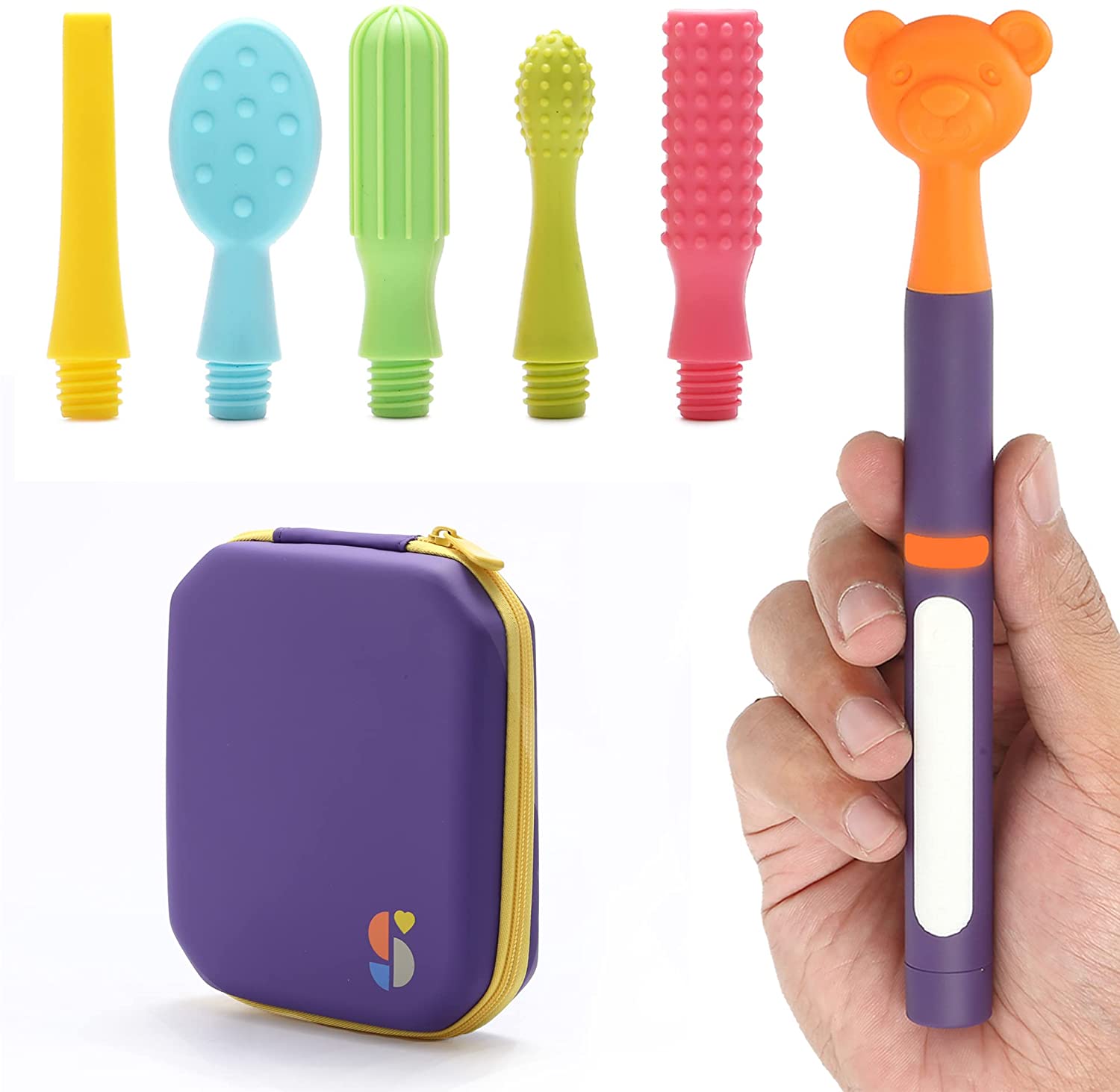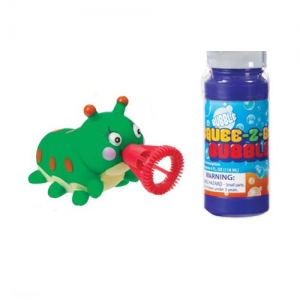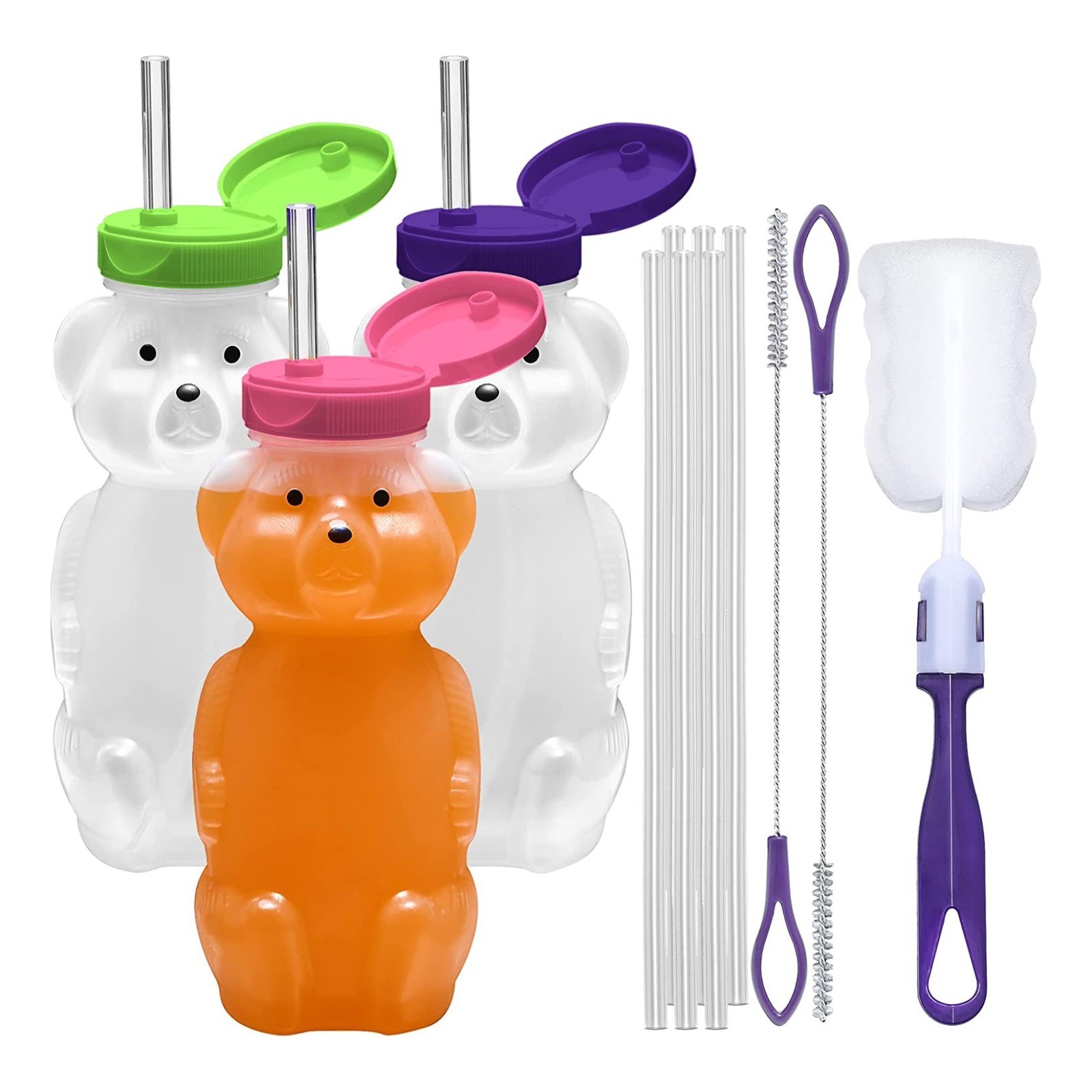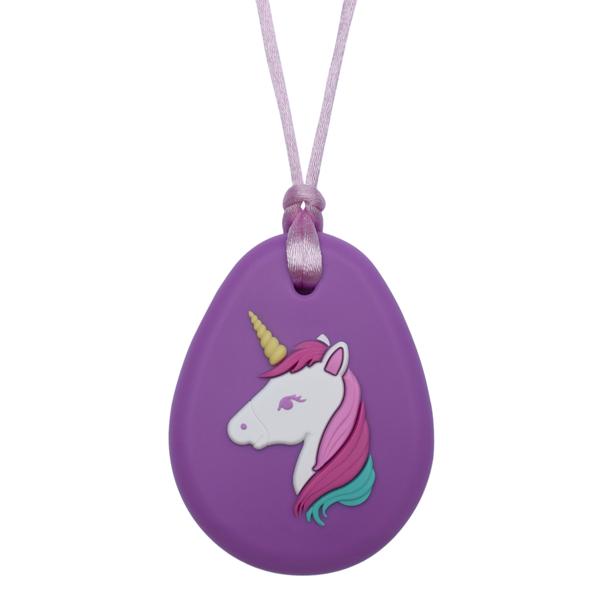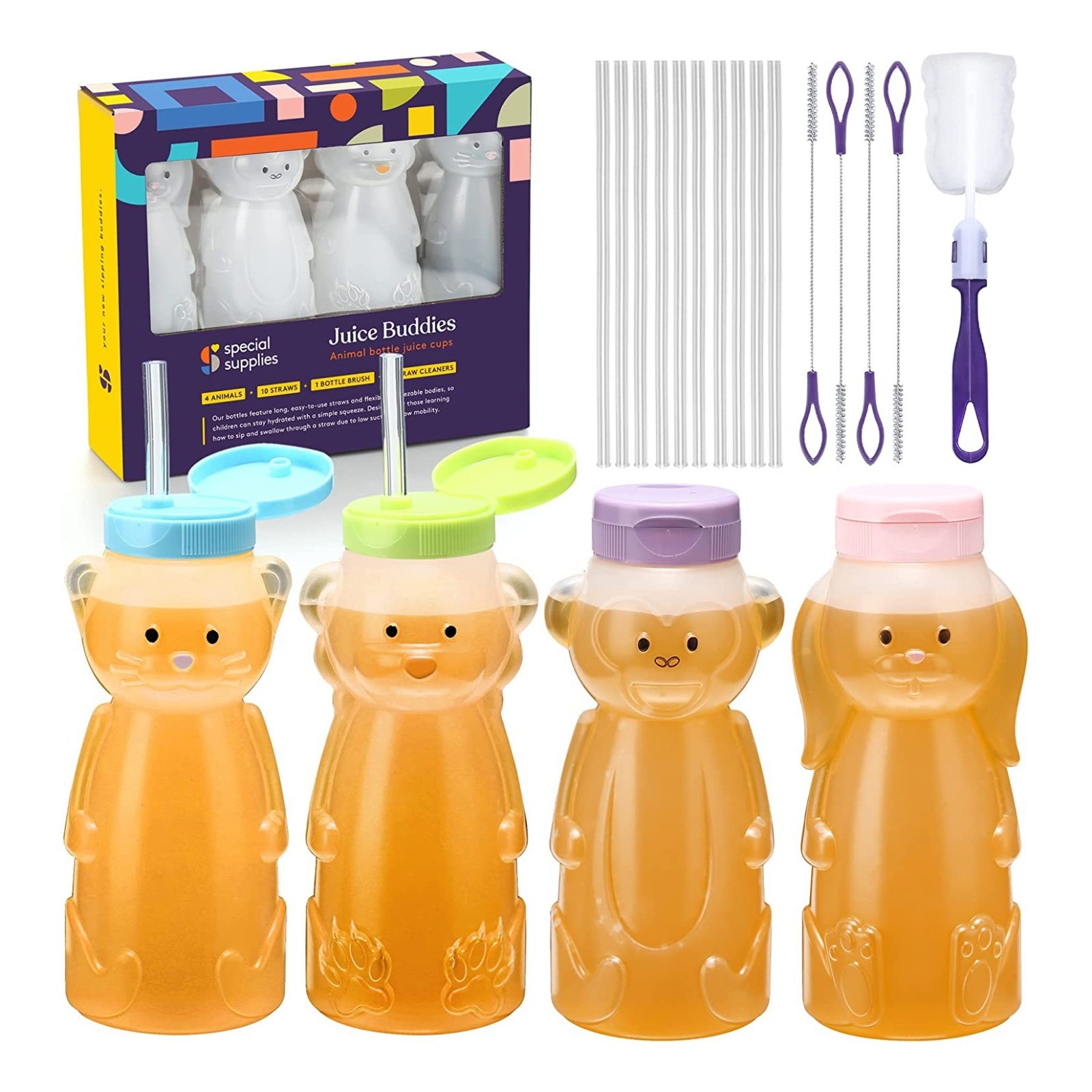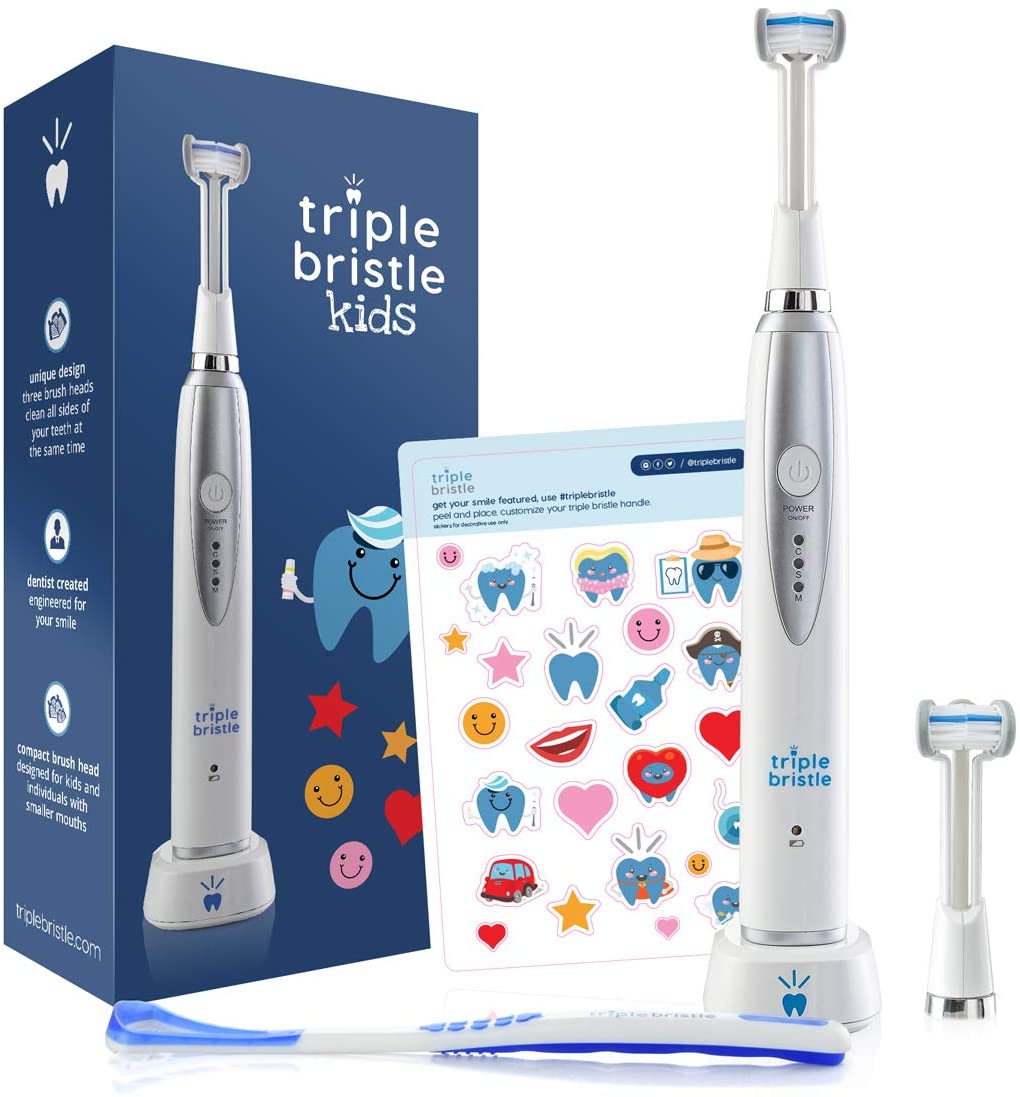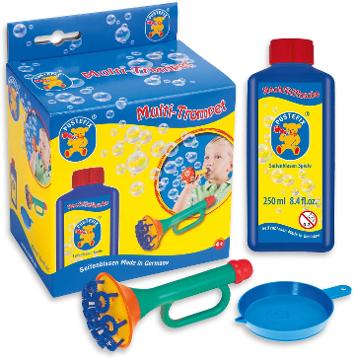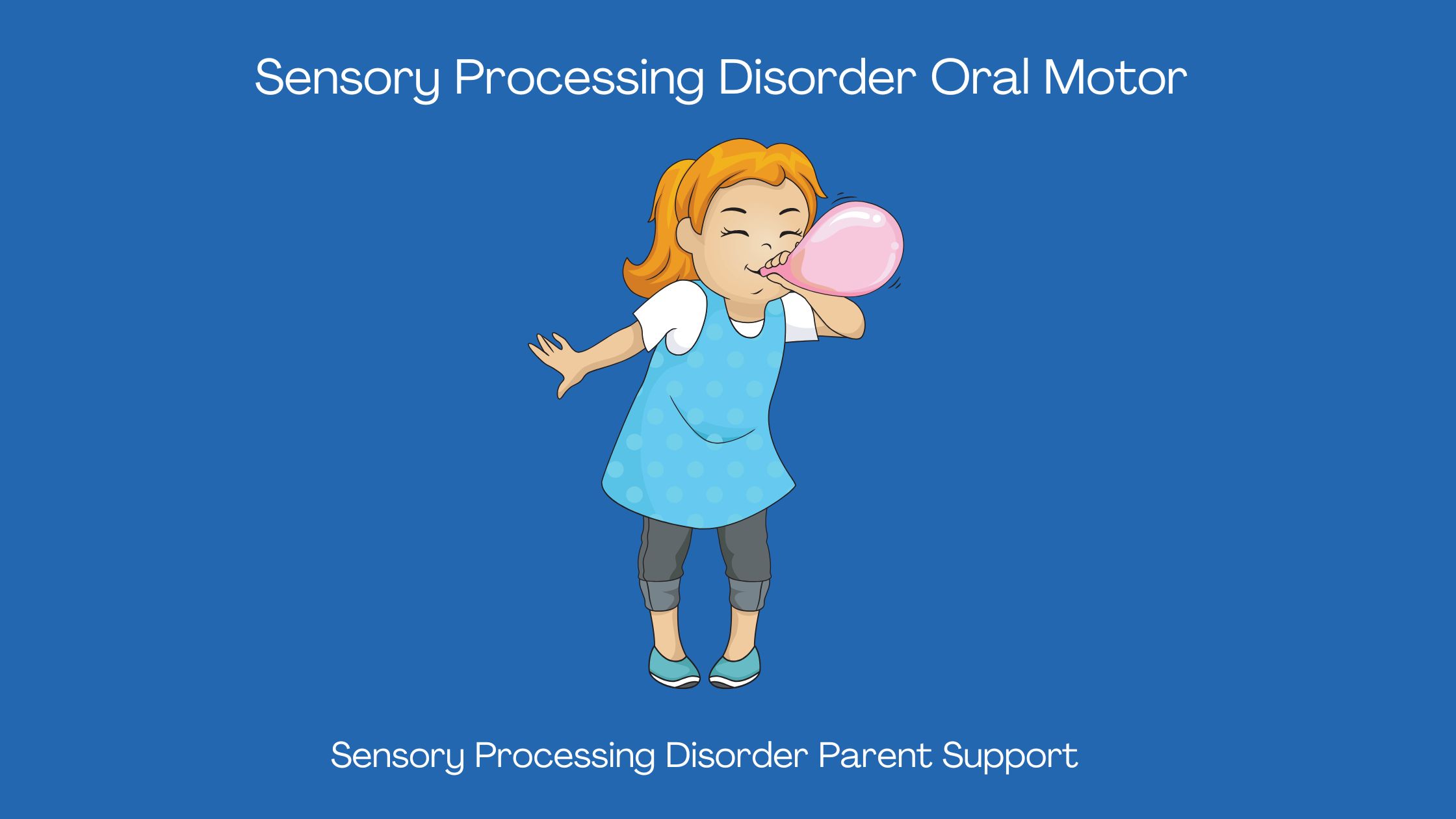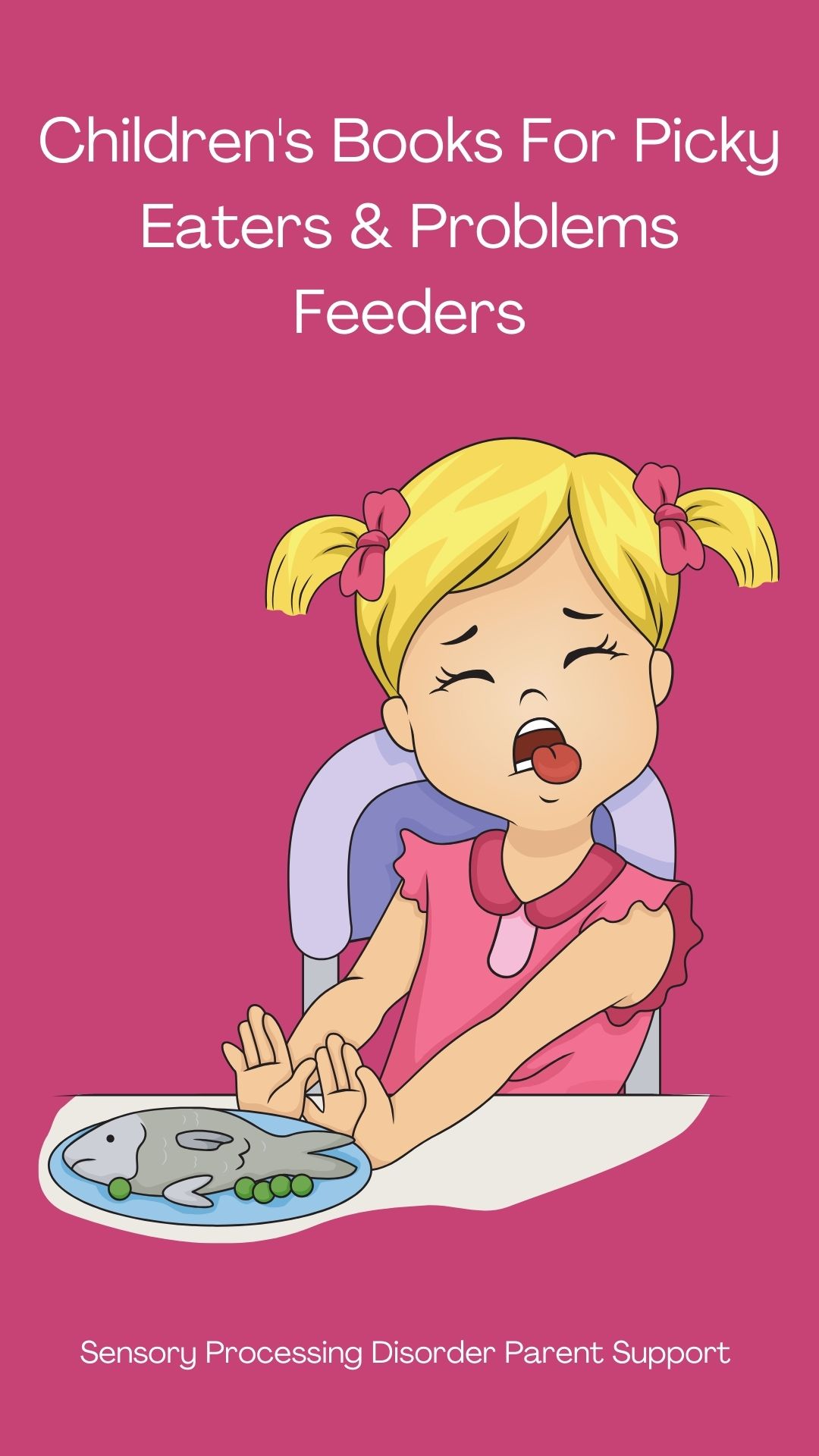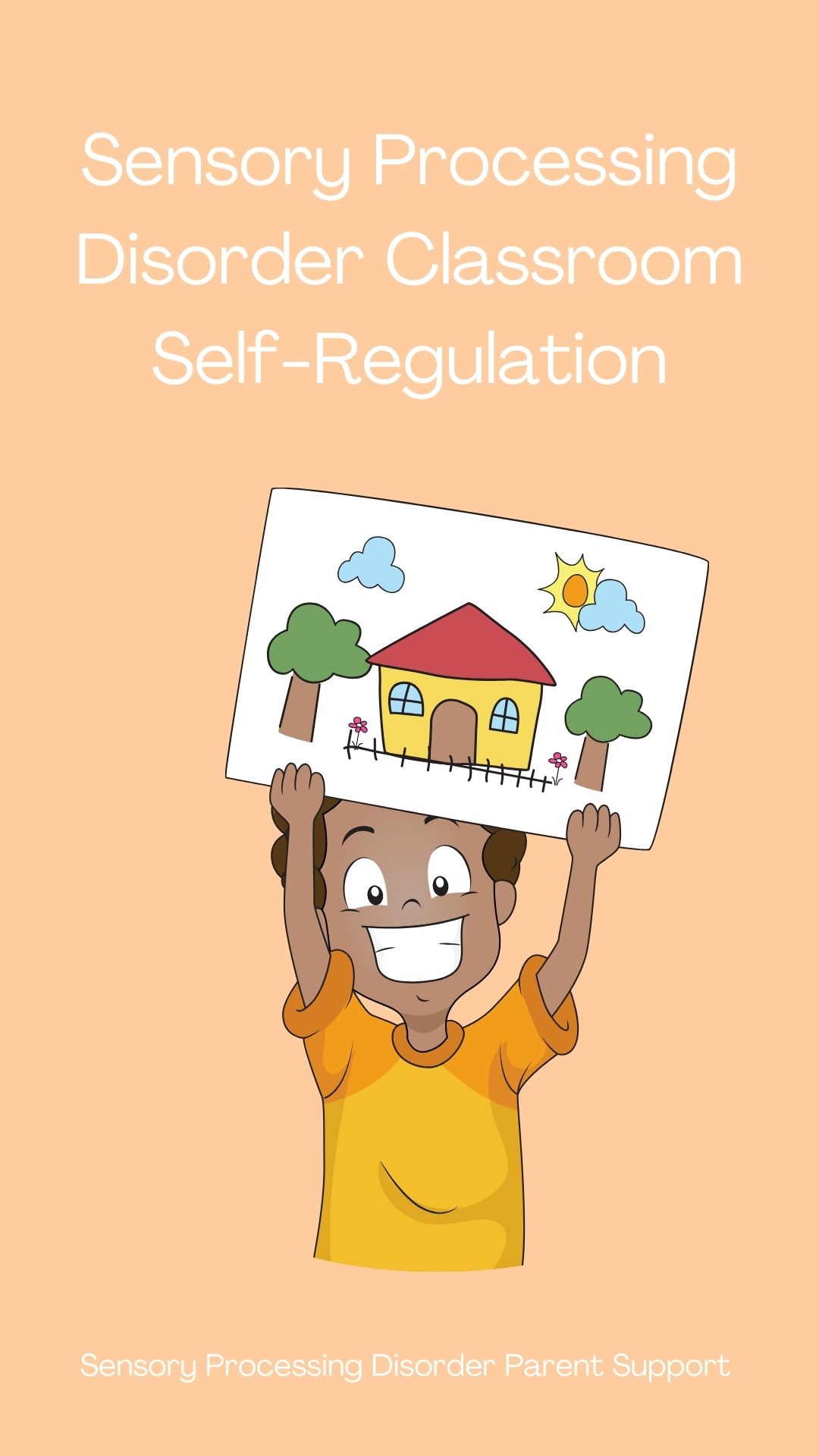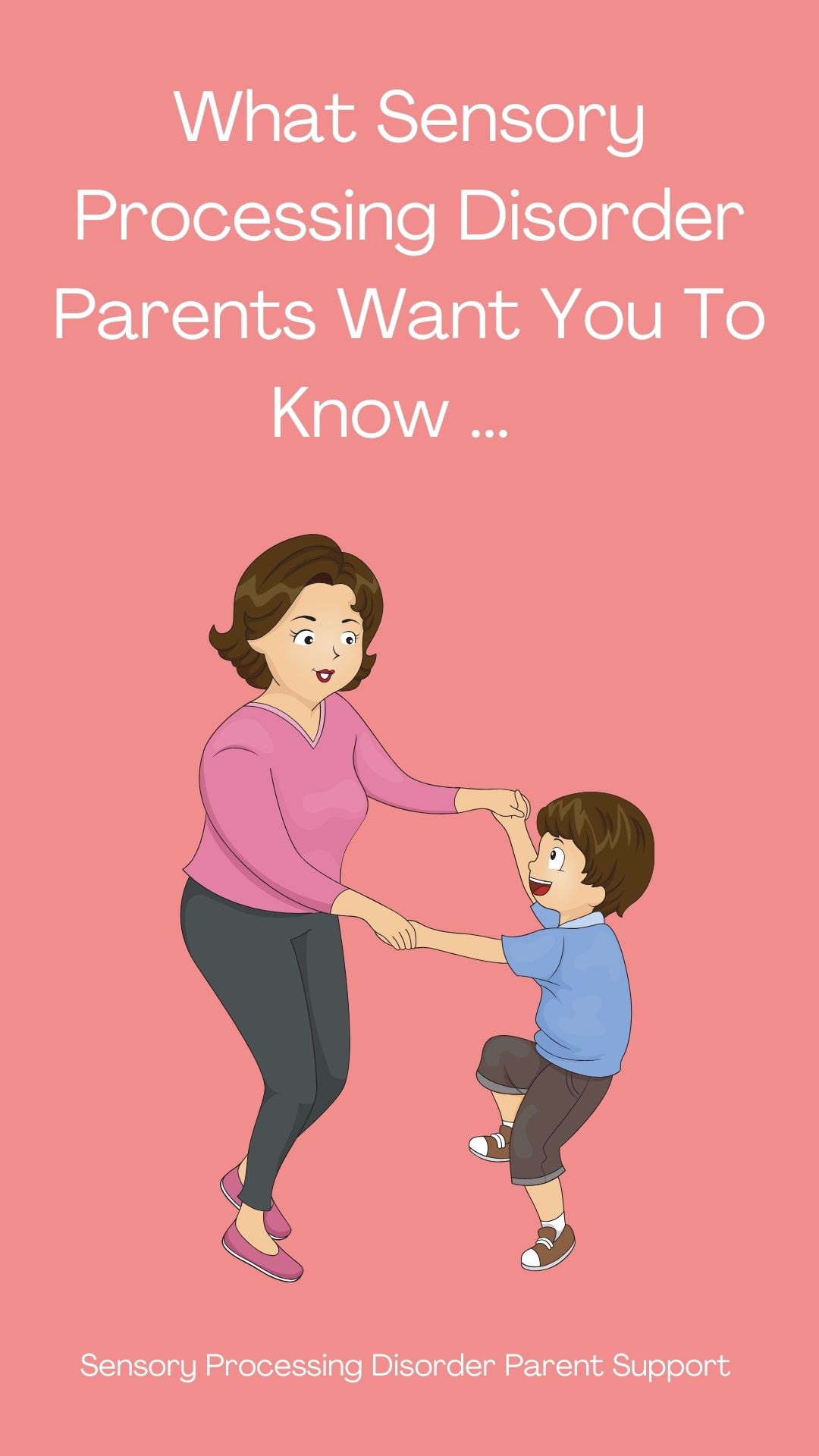Symptoms that your child is hyper-sensitive (oral sensory avoiding) would include dislike brushing their teeth, having their face washed or they are usually very picky eaters especially with different food textures.
These children may prefer a very a type of sip cup or nipple for their bottle. They may also not be willing to use utensils. You can have either hypo-sensitive or hyper-sensitive oral motor. Children who struggle with oral motor sensory processing may have difficulty with things like chewing, swallowing, and speaking.
Symptoms that a child may be hypo-sensitive (oral sensor seeking) may include eating/licking everything. These children may always have something in their mouths. They overstuff their mouths with food while eating and are very messy eaters.
They may like very crunchy foods and foods with a strong flavor such as spicy foods, very sweet/sour foods such as lemons, and very salty foods. They may bite their nails or chew on their clothing, pens, pencils, hair and their fingers.
Oral sensory processing disorder symptoms may also include difficulty with chewing and swallowing, drooling, sensitivity to different food textures and food temperatures and difficulty producing certain sounds or words. These challenges can range from mild to more severe.
There are many different ways to help children who are struggling with oral sensory processing disorder to improve their oral motor skills and overcome these sensory challenges. One of the most effective ways is through oral sensory motor activities.
Some oral motor activities for children are blowing bubbles, chewing foods with different textures or using a straw. These sensory activities can help children.
There are other ways to support children who are struggling with oral motor. Occupational therapy, speech therapy, and sensory integration therapy are some of the most common therapies that are used to help children improve their oral sensory motor skills.
20 Oral Motor Activities
1. Try using a vibrating toothbrush to stimulate tongue.
2. Blowing bubbles and blowing up balloons.
3. Try using a sensory oral chew toy for your child.
4. Chewing bubble gum and blowing bubbles with gum.
5. Encourage your child to blow into music instruments such as horns and harmonicas.
6. Have your child drink different consistencies of liquids and food through a straw such as water, smoothies, apple sauce, pudding and milk shakes.
7. Play a funny face making game with a mirror with your child. Make silly faces in the mirror while you are brushing your child’s teeth and try to get your child to imitate.
8. Have your child smile, don't smile, then a frown and repeat.
9. Practice eating different textures of foods such as crunchy, soft and chewy.
10. Get your child to click their tongue. Make clucking noises.
11. Put yogurt or pudding in the corner of your child's mouth and have them lick it off.
12. Have your child practice saying "oooo" and then "eeeee" then combine the two movements.
13. Oral motor cards and games. This helps children master lip, tongue and jaw exercises at home or school.
14. Get your child to lick their teeth while counting them.
15. Blow bubbles with a straw in a glass of milk or water.
16. Get your child to hold a carrot stick or another small piece of food in their teeth.
17. Read a book about Sensory Oral Motor for more ideas and exercises to try with your child.
18. Encourage your child to try licking lollipops and popsicles.
19. Try using some Oral Motor Tools For Sensory Processing Disorder. Always consult with your Occupational Therapist which ones would be best for your child's sensory diet and age.
20. Encourage your child to blow kisses or put feathers in their hands for them to blow on them.
Use vibrating therapy toys around the face and mouth. Use a vibrating toothbrush or vibrating therapy tools for their mouths and move it around their entire mouth. These stimulate the muscles, and promote more musculature awareness.
Oral motor therapy works on the oral skills necessary for proper speech and feeding development. Z-Vibes, straws and chew tools are excellent ways to exercise the mouth muscles. Use them to develop strength, coordination, movement, and endurance in the lips, cheeks, tongue, and jaw.
